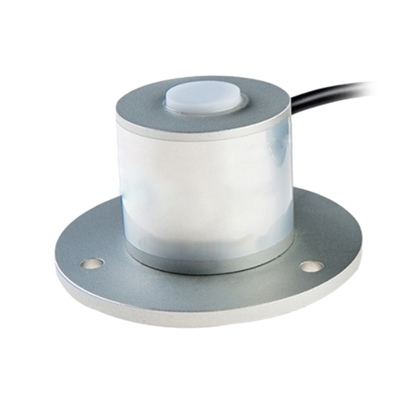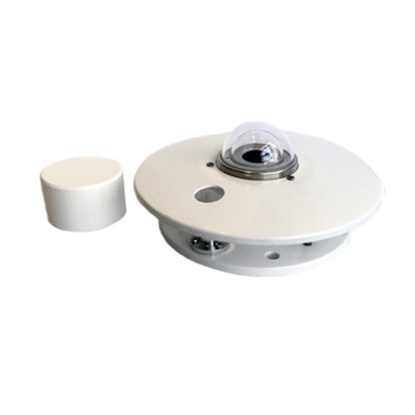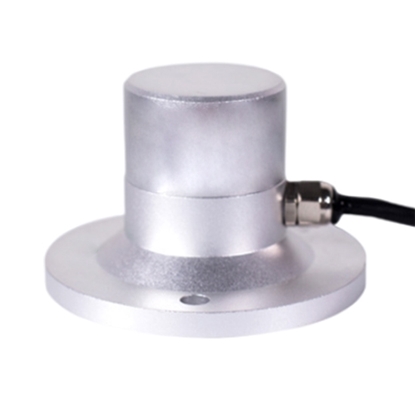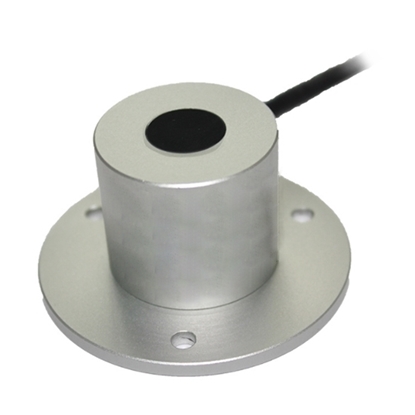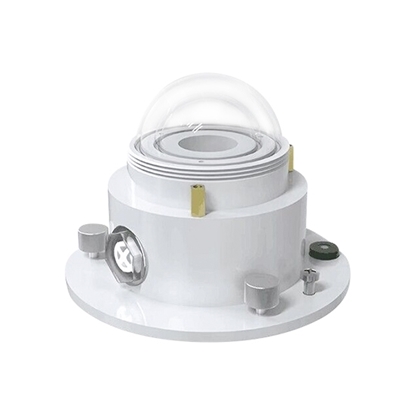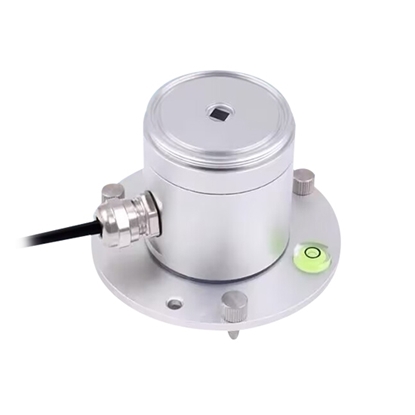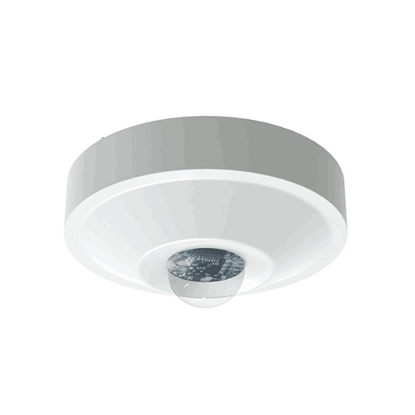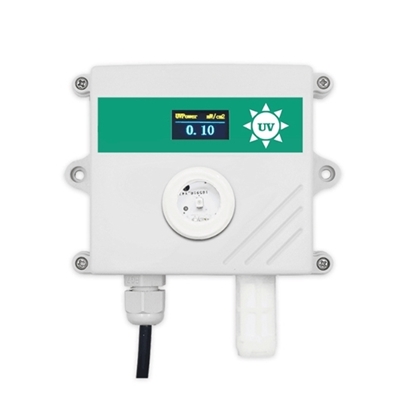Radiation Sensor
PAR Sensor, 400-700 / 350-1100nm Radiation Sensor
Pyranometer Sensor, 300-3000nm Radiation Sensor
Solar Radiation Sensor, 300-1100nm
UV Radiation Sensor, 280-400nm
UV Sensor for Solar Radiation, 0.3~3μm
UV Light Sensor, 4G/RS485/0-20mA/0-5V/0-10V
Ceiling Light Sensor, RS485, 0-200,000 Lux
UV Light Intensity Sensor, 0-15mW/cm2
Radiation sensor is a precision instrument to measure wavelength. Many types of radiation sensors can be chosen in ATO, such as PAR sensor, pyranometer sensor, solar radiation sensor and UV radiation sensor. High sensitivity sensors with compact size and aluminum alloy shell material. Radioactive sensor is widely uesd in agrometeorological research, solar energy and photovoltaic power generation, air pollution monitoring and medical research.
Hot selling solar radiation sensor and PAR sensor (photosynthetically active radiation sensor) with affordable price in ATO shop. Solar radiation sensor is designed on basis of silicon-cell principle. It is mainly used for measuring solar radiation within 300-1100nm wavelength. Ultraviolet sensor with 280-400 mm spectral range. A photosynthetically active radiation (PAR) sensor, measures light in the more plant-friendly range of the spectrum: the range of 400-700nm.
4 Types of Radiation Sensor
PAR Sensor
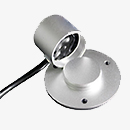
The PAR sensor (photosynthetically active radiation sensor) reports the photosynthetic photon flux density, which corresponds to micromoles of photons per meter squared per second. This is the power of electromagnetic radiation in the spectral range that is used by plants for photosynthesis (400-700 nm). It features a waterproof sensor head and can be used to measure PPFD from sunlight and electric light sources.
Pyranometer Sensor
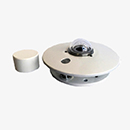
A pyranometer sensor is an instrument used to measure the amount of solar radiation (power) the sun produces in a specific location and it is designed to measure the solar radiation flux density (W/m2) from the hemisphere above within a wavelength range 0.3 μm to 3 μm. A typical pyranometer does not require any power to operate. Pyranometer conforms to the WMO standard, it can be used safely.
Solar Radiation Sensor
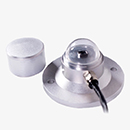
Solar radiation sensor mainly used for measuring solar radiation within 300-1100nm wavelength. Solar radiation sensor is designed on basis of silicon-cell principle, with high sensitivity, low power consumption and long service life. The solar radiation sensor applies in meteorology, solar energy, agriculture, construction materials aging and atmospheric pollution.
UV Radiation Sensor
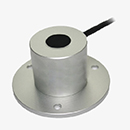
A UV radiation sensor is an excellent piece to add to your arsenal of weather sensors. Ultraviolet radiation sensor is useful for those who wish to reduce exposure to UV radiation, but it is also a necessity in certain testing environments. For companies that make products that are sensitive to UV light, a UV radiation sensor is a helpful tool.
Differences Between Solar Radiation Sensor and PAR Sensor:
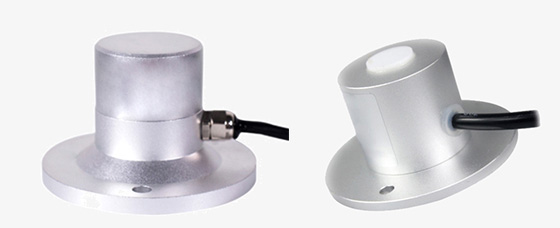
Solar radiation sensor measures visible light in the range of 300 to 1100nm. Solar radiation sensor is designed on basis of silicon-cell principle. It is mainly used for measuring solar radiation within 300-1100nm wavelength. If the sensing face is downwards, it can test the reflected radiation and solar radiation on the incident to the inclined plane.
A photosynthetically active radiation (PAR) sensor, measures light in the more plant-friendly range of the spectrum: the range of 400-700nm. Through data management using planting lamps and par sensors, growers can plant all year round. They can control the time, intensity and duration of light experienced by "day" plants.
How to Maintain the ATO Radiation Sensor?
- The radition sensor shall be installed in the open air, and there shall be no shelter above the sensor during measurement.
- The sensor connector should face north and be positioned horizontally before fixing.
- Check the glass cover regularly and ensure it is clean.
- Do not remove or loosen the glass cover to avoid affecting the accuracy.
- Please make sure the desiccant has not expired.
- If the desiccant changes color from orange to black, it should be replaced.
- Replacement every six months is recommended. It's best to replace them every six months.
- If there is heavy rain or hail for a long time, it is recommended to install a protective cover. The sensitivity should be recalibrated every two years.
Ultraviolet Wavelength Range:
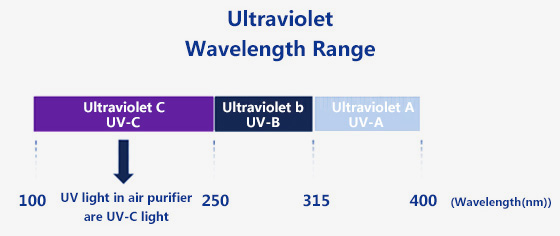 Ultraviolet sensor is a kind of sensor, can use photosensitive elements through photovoltaic mode and photoconductive mode to convert ultraviolet signal into measurable electrical signals. Ultraviolet radiation is a non-illumination source of radiation. Ultraviolet radiation has a wavelength range of 10 to 400 nanometers. Since only ultraviolet radiation with a wavelength greater than 100 nanometers can travel through the air, the effects of ultraviolet radiation and their applications are usually discussed only in the range of 100nm to 400nm.
Ultraviolet sensor is a kind of sensor, can use photosensitive elements through photovoltaic mode and photoconductive mode to convert ultraviolet signal into measurable electrical signals. Ultraviolet radiation is a non-illumination source of radiation. Ultraviolet radiation has a wavelength range of 10 to 400 nanometers. Since only ultraviolet radiation with a wavelength greater than 100 nanometers can travel through the air, the effects of ultraviolet radiation and their applications are usually discussed only in the range of 100nm to 400nm.

